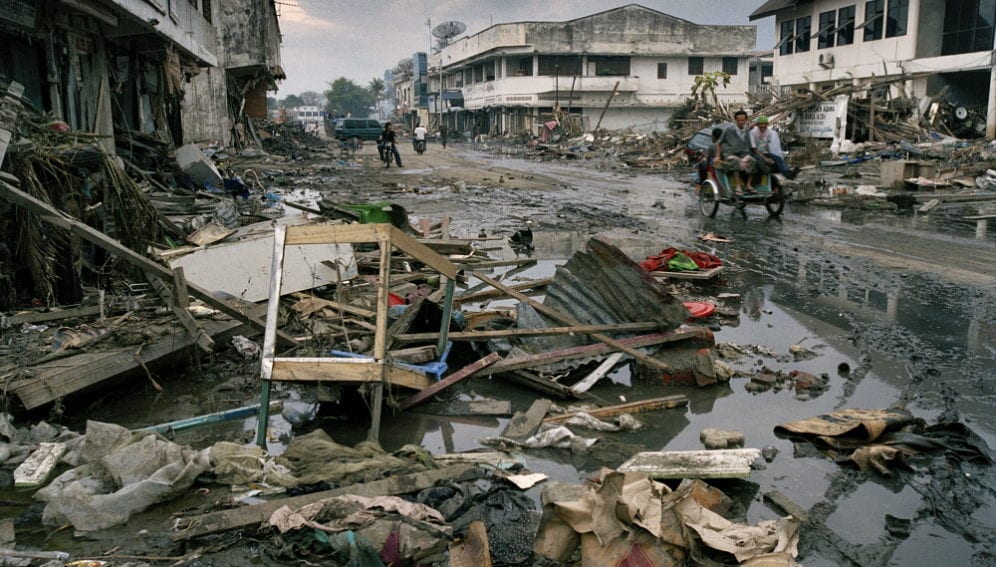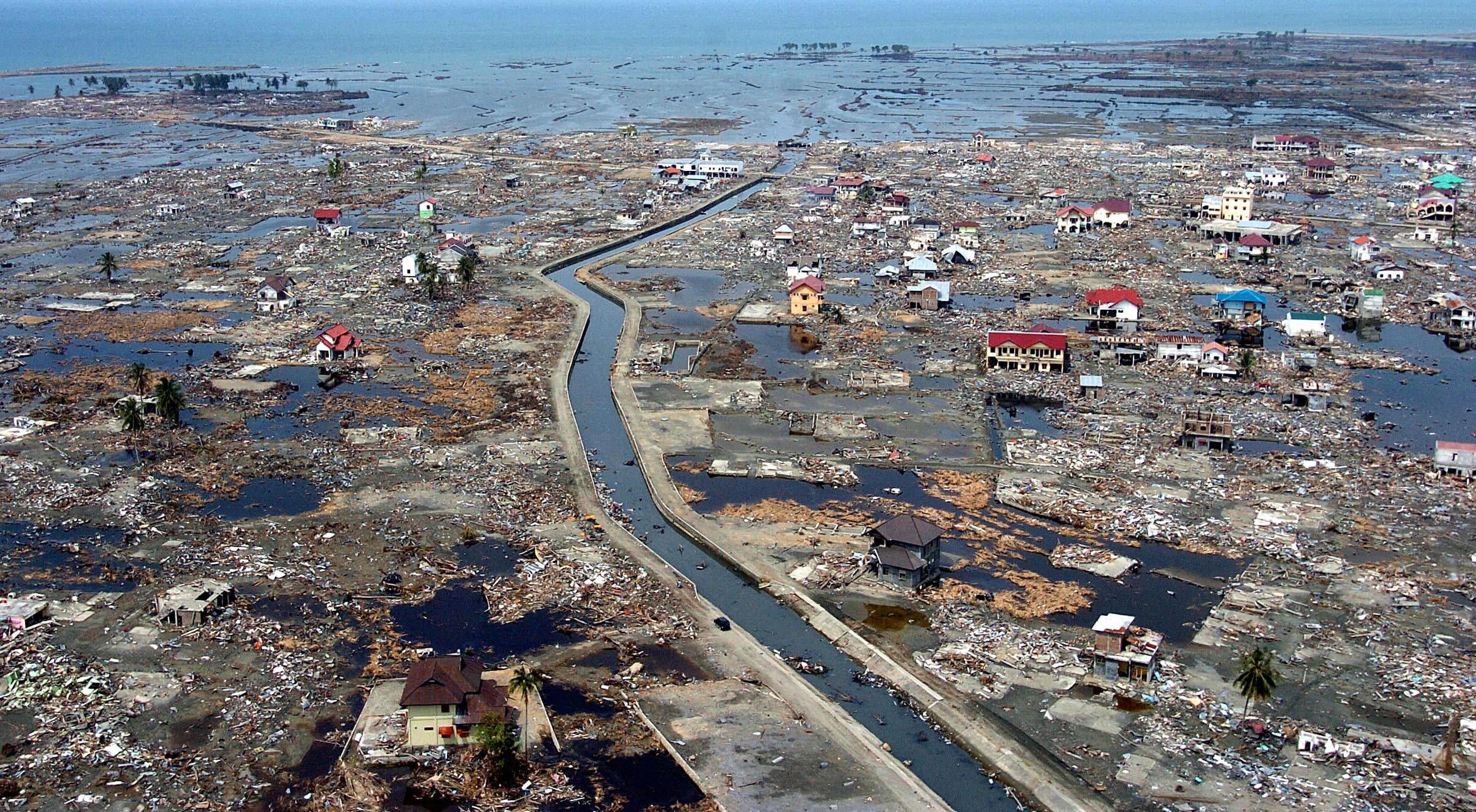On a serene morning post-Christmas, December 26 2004, while many were still basking in the festive spirit, a catastrophe of unimaginable scale struck. The Indian Ocean earthquake and tsunami, one of the deadliest natural disasters in recorded history, unfolded its terrifying power. Today, we remember that fateful day, its impact, and the lessons learned.
The Unseen Force:
December 26th, 2004, began like any other day in the Indian Ocean region. At 7:59 AM local time, an undersea megathrust earthquake, with a staggering magnitude of 9.1, erupted off the west coast of northern Sumatra, Indonesia. The third-largest earthquake ever recorded, it released energy equivalent to 23,000 Hiroshima-type atomic bombs.
The Waves That Swallowed the Shores:
The earthquake triggered a series of devastating tsunamis, with waves reaching up to 30 meters (100 feet) high. The tsunamis struck with little to no warning, battering the coasts of 14 countries including Indonesia, Thailand, Sri Lanka, and India. The scenes were apocalyptic – homes, lives, and dreams were swept away in moments.
The Human Tragedy:
The numbers were staggering – over 230,000 people lost their lives, making it one of the deadliest natural disasters in history. The sheer scale of human suffering was incomprehensible. Families were torn apart, entire communities were wiped out, and millions were left homeless.

The World Unites:
In the aftermath, the global response was heartening. Aid and volunteers poured in from all corners of the globe. It was a powerful demonstration of international solidarity, as people from diverse backgrounds came together to support the affected regions in their hour of need.
Lessons Learned:
The 2004 tsunami reshaped disaster management and preparedness. It led to the establishment of better early warning systems in the Indian Ocean and greater awareness of the risks of living in coastal areas. The tragedy became a catalyst for change, emphasizing the importance of global cooperation and preparedness for natural disasters.
Moving Forward:
Years have passed since that tragic day, but the memories and lessons remain. Development in the affected areas has resumed, but with a newfound respect for nature’s power. Memorials stand in many of the affected regions, serving as poignant reminders of the lives lost and the resilience of the human spirit.
Conclusion:
The 2004 Indian Ocean tsunami was a stark reminder of our vulnerability to the forces of nature. It taught us about the unpredictability of our planet and the importance of coming together as a global community in times of crisis. As we remember this day, let’s honor the lives lost by committing to a future where we are better prepared, more united, and always respectful of the power of nature.












What do you think?
It is nice to know your opinion. Leave a comment.